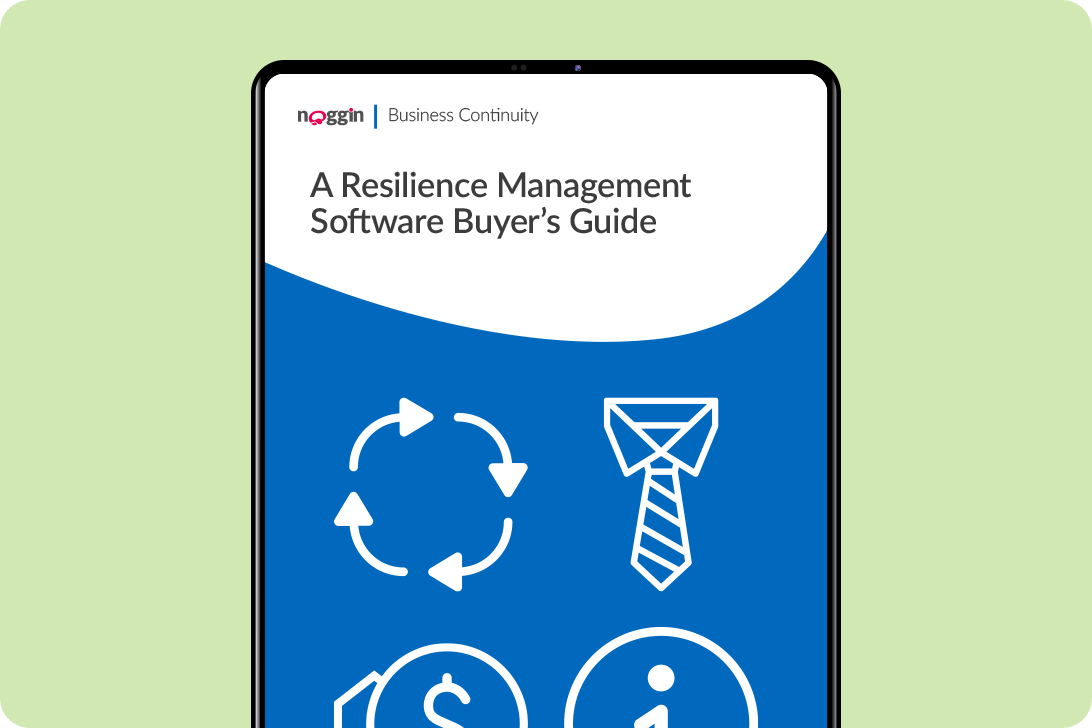Risks of using CRMs & ERPs for Crisis Management
Crisis risk is increasing. Yet, in surveys, companies acknowledge that their crisis management software purchase habits haven’t kept up. What’s going on?
Lazy crisis management software purchasing habits cost more than you think
Well, Gartner reported that most purchasers continue to prefer known vendors. Approximately two-thirds of buyers prefer approved or known vendors, either for new purchases (65 per cent) or replacements (63 per cent).
Meanwhile, only 13 per cent were open to any vendor with an interesting solution that met their needs.
If those raw numbers aren’t bad enough, the reasoning is worse. So-called tech debt and sunk costs are motivating buyers to stay with what they know.
And what they know are ERP and CRM platforms.
The limits of ERP and CRM platforms for crisis management
Typically procured by IT, cumbersome Enterprise Resource Planning and Customer Relationship Management solutions are seeing their applicability stretched to fit the crisis management use case.
As a result, business owners and senior leaders are being shunted to the side – only belatedly learning that their shoe-horned solutions cost far more than IT thinks.
Lazy crisis software purchasing habits leave you without necessary innovations
Why’s that?
Outside of the legacy ERP and CRM markets, digital innovation is happening at a torrid pace.
Crisis and critical event management, in particular, are being deeply impacted by digital innovations that have incorporated important lessons learned from the COVID crisis.
The innovations include:
- Interfaces and experiences. Technologies that are fundamentally changing the way we interact with the world.
- Business enablers. Technologies and trends that impact enterprises by changing practices, processes, methods, models, and/or functions.
- Productivity revolution. Technologies driven by the confluence of multiple technologies and trends, resulting in solutions that help organizations quickly, accurately, and, in greater volume, classify, predict, and solve problems that humans cannot.
Six capabilities to account for when purchasing crisis software
The trends have migrated into the crisis management software market, largely leaving legacy ERPs and CRMs behind.
Indeed, of note has been the emergence of next-generation resilience management solutions for today’s key crisis management challenges. What capabilities do these solutions offer that legacy ERPs and CRMs don’t?
Six key capabilities include:
- Purpose-built. Like specialized physical equipment and/or vehicles, these solutions have been designed for specific use cases, rather than one-size platforms stretched to fit all use cases which are more akin to generic machines (poorly) adopted to fit custom use cases.
- Improved usability. These solutions boast clean user interfaces that scale seamlessly to provide a consistent, easy-to-use experience on any device. Flexible workflows, forms, wizards, and dashboards also make it simple to guide users through any business process. Rounding it all out is responsive, mobile-first design, with modern auto-scaling cloud architecture to meet demand.
- Best-practices out of the box. Established from years of consolidated customer knowledge, these solutions also come with a library of solutions and templates, based on the latest ISO standards and best practices
- No-code customization. Rather than having to tailor business needs to the ERP solution, these innovative platforms are easy to configure, thanks to no-code customization.
- For any risk or hazard. These complete platforms also offer integrated messaging, tasking, workflows, data analysis, and mapping, as well, with the net-result being that customers can manage any type of critical event risk, hazard, or incident in a single, integrated solution.
- Offer critical event management-as-a-Service. Fully cloud-based, the solutions don’t have to be installed. And as they’re architected for high availability, you don’t miss out on service when demand is high – as it so often is during a critical event.
And those aren’t the only advantages. In fact, legacy ERPs and CRMs ramp your total cost of ownership way up. How do we know? Download our guide to the hidden costs of legacy ERPs and CRMs to find out where your solution stacks up.




